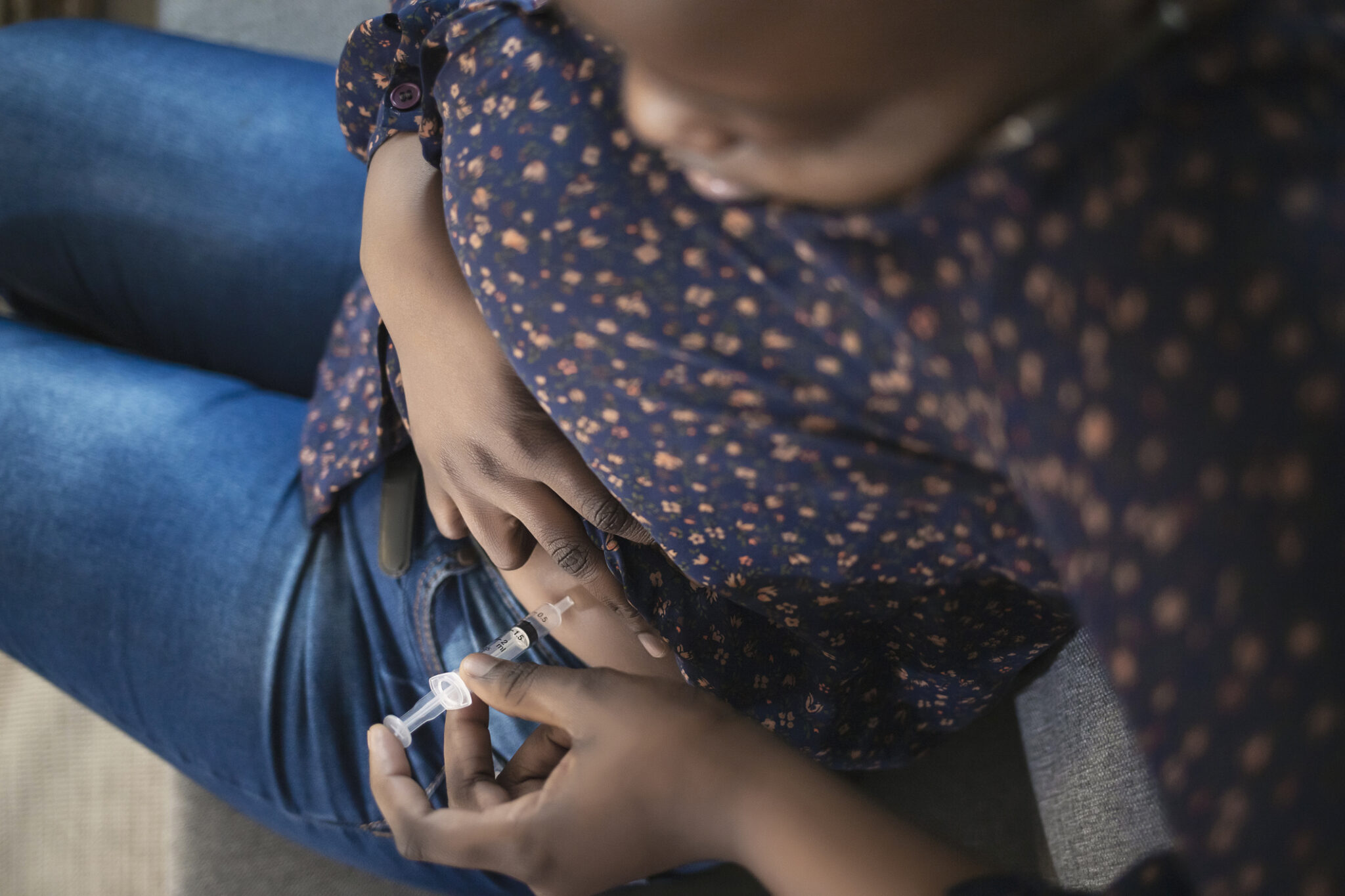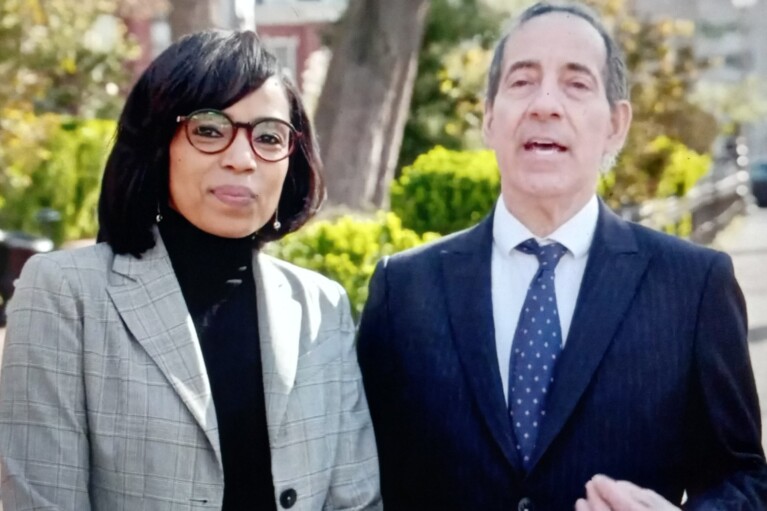Many diabetic Marylanders now have a $30 insulin copay because of a new state law that went into effect on Jan. 1

Many Maryland residents with diabetes will now pay a maximum $30 co-pay for insulin, thanks to a new state law that went into effect Jan. 1.
The Insulin Cost Reduction Act, signed into law by Gov. Larry Hogan (R) last spring, does more than the Inflation Reduction Act, a federal law that only covers those 65 or older on Medicare for an insulin cap of $35. The federal law also took effect Jan. 1.
The Insulin Cost Reduction Act covers Marylanders with state-regulated commercial health insurance plans and provides 30 days’ worth of insulin. It does not cover those who are uninsured.
Maryland House Health and Government Operations Committee Chair Joseline Peña-Melnyk (D-Prince George’s) who sponsored the bill, said that the effort to push the Insulin Cost Reduction Act into law had been years in the making, and it took hard work to get the insurance companies to agree.
“We fought hard to get the insurance companies to get on board. This will make a difference, and this will save lives. It’s the right thing to do,” Peña-Melnyk said.
According to the American Diabetes Association, 568,232 people in Maryland, or 11.8% of the adult population, have diabetes.
The American Diabetes Association also reports that for people with diabetes, medical expenses are about 2.3 times higher than for those who do not have diabetes.
In Maryland, the total medical expenses for those with diabetes were about $4.9 billion in 2017, the American Diabetes Association said.
The report also said that about 36,374 people in the state are diagnosed with diabetes annually.
The average out-of-pocket cost for insulin before the new law was $54 in 2020, according to a report by the Kaiser Family Foundation.
Vincent DeMarco, president of the Maryland Health Care for All Coalition, is excited to see progress in reducing drug costs in Maryland but emphasized that more work must be done.
“We’re happy to celebrate the success of the insulin co-pay caps, but these are important first steps. We’re going to do much more at the federal and state level to make high-cost drugs more affordable,” DeMarco said.
“Our message is drugs don’t work if people can’t afford them, and these laws at the federal and state level will help thousands, but there’s more to do.”
A few other states across the country, including West Virginia, Washington, and Colorado, have also implemented laws to lower the cost of prescription drugs.
Peña-Melnyk said in a statement that “the new year is bringing important new financial relief for Marylanders who use insulin.”
She added that “even one instance of insulin rationing can have devastating effects,” and the new law will “ensure [Marylanders] have access to the life-saving medications they need. “




 Creative Commons Attribution
Creative Commons Attribution